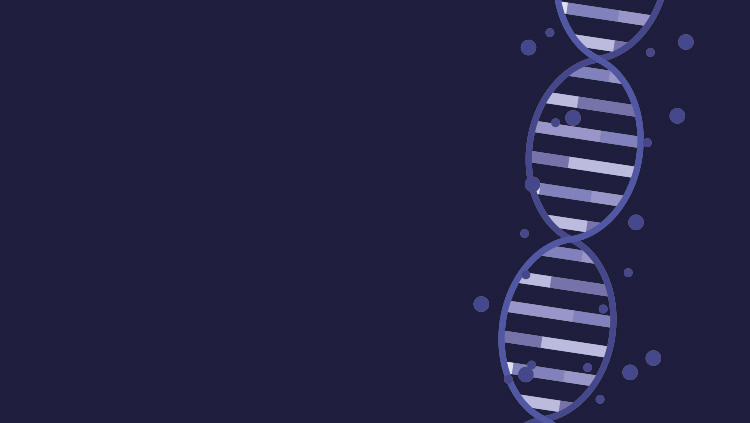About DNA/Genes/Chromosomes/Genomes

Almost half of the human genome consists of multiple identical sequences scattered throughout the genome. These are called interspersed repetitive sequences.
There are two types of these interspersed repetitive sequences, which differ in length.
Contents
Genes in the Human Genome
Sequence of the Genome
Almost half of the human genome consists of multiple identical sequences scattered throughout the genome. These are called interspersed repetitive sequences. There are two types of these interspersed repetitive sequences, which differ in length.
First, "LINE"
This might be a familiar name to many, but its formal name is "long interspersed element" (LINE), which is about 6 to 8 kb in length.
Second, "SINE"
Short interspersed element (SINE), which is about 100 to 300 bp in length.
In addition to interspersed repetitive sequences, there are also tandem repeat sequences, where short base sequences adjacent to each other repeat many times, and duplicated sequences of large fragments.
Unique Sequences and Repetitive Sequences
More than half of the entire human genome is composed of repetitive sequences.

The above diagram illustrates gene regions (exons and introns) and non-gene regions within the human genome.
From this diagram, it can be seen that the sequences referred to as exons (in the diagram) and introns, collectively known as unique sequences, occupy less than half of the genome. About one-third of the genome consists of gene regions. Exons are said to account for less than 1.5% of the entire genome.
Little is still known about non-gene regions of the human genome. It is now estimated that these regions may also have some functions apart from gene regions.
Differentiating DNA, Genes, Chromosomes, and Genomes
Can you distinguish between DNA, genes, chromosomes, and genomes?
How are these terms used in newspapers and media? DNA sometimes changes due to environmental factors.
This is a major discovery in biology.
It's important to understand these terms accurately, as they are often used in everyday conversations with sensitive connotations. How would someone with a genetic mutation disease feel about these terms? If asked to define each in detail, how would you respond?
| DNA | Deoxyribonucleic acid Chemical substance |
|---|---|
| Gene | Unit that determines hereditary traits Composed of 1,000 to 2 million base pairs |
| Chromosome | Complex of DNA and proteins Visible under a microscope during cell division |
| Genome | Collective term for the genes and chromosomes that an organism possesses. Includes all DNA in pairs of chromosomes 1 through 22, X and Y chromosomes. Approximately includes all DNA in gametes. |
A gene "DNA" refers to the substance called deoxyribonucleic acid. Thousands to tens of thousands of these together form a genetic function unit called a "gene". DNA exists in the nucleus of cells as a complex with proteins called "chromosomes". When cells divide, these are folded neatly into rod-like structures.
The term "genome" refers to a new term coined by combining genes (gene) and chromosomes (chromosome). It represents all the genetic information of a human, termed the "human genome". Within human cells, there exists mitochondrial DNA in addition to chromosomal DNA. Mitochondrial DNA is a circular DNA of 16,569 base pairs, found in abundance within the mitochondria of cells. Humans have about 3 billion base pairs.
Chromosomes are formed by dividing linear DNA of chromosomes 1 to 22 and X and Y sex chromosomes into pairs (two in one pair). When DNA is extracted from sperm or eggs, and further combined with DNA extracted from white blood cells, humans have two sets of genomes, totaling nearly 2 meters in length.
